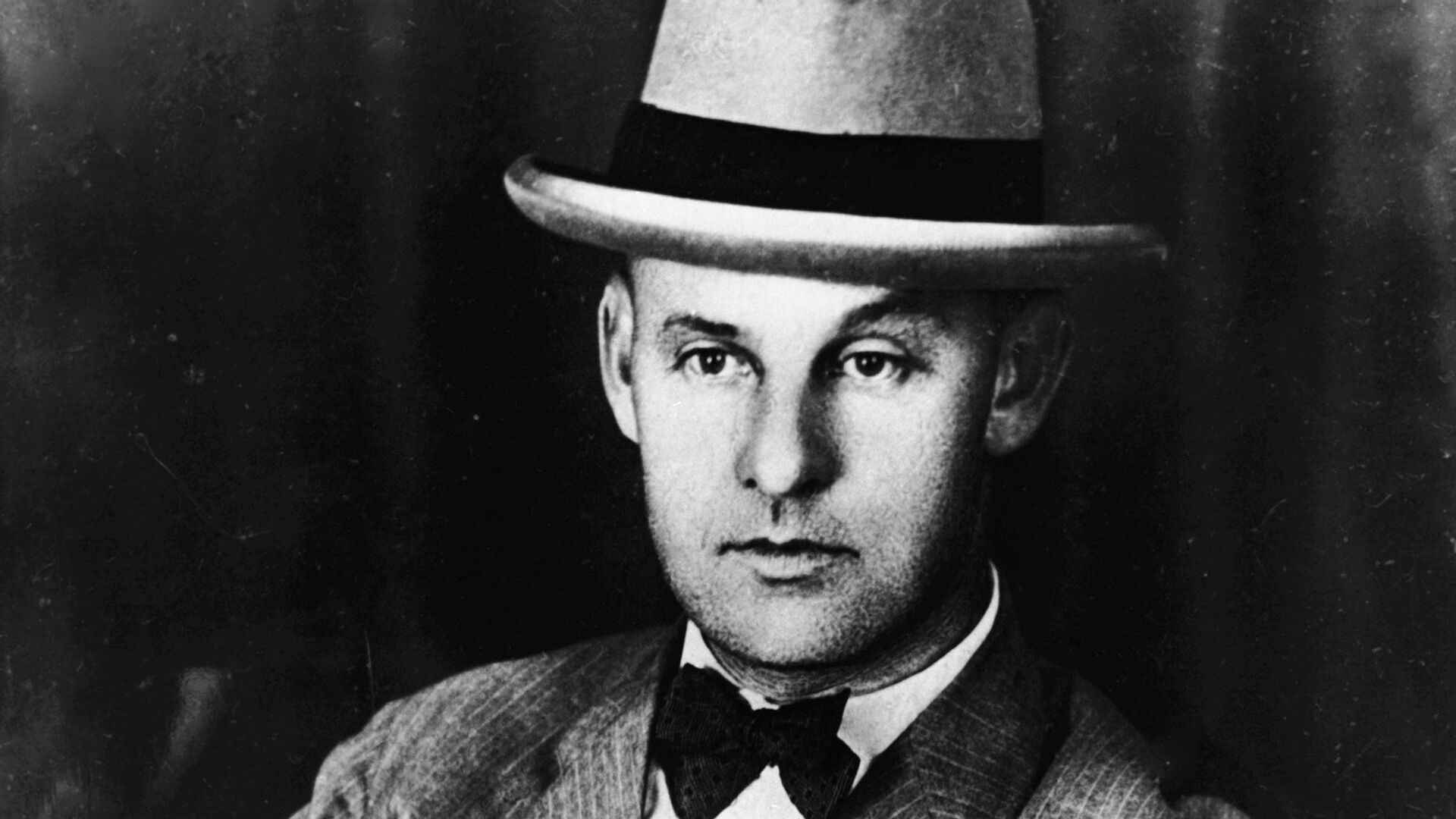
br>
A monument to the founders of the national sport has been erected on one of the alleys of the Luzhniki sports complex. Vasily Oshchepkov, Viktor Spiridonov and Anatoly Kharlampiev, each of whom made a significant contribution to the history of sambo. However, Oshchepkov's fate stands out for its surprising and tragic twists. He was the first military intelligence resident to work undercover in Japan. The second only a few years later was the famous illegal immigrant Richard Sorge.
“
“I am a true Russian patriot, although brought up in a Japanese school. But this school taught me to love, first of all, my people and Russia. I was raised at the expense of the Russian army in order to devote myself to eternal service to the Motherland, which I have been doing since 1914,” Oshchepkov emphasized.
The starting point is a seminary in Japan
Vasily was born on December 25, 1892 in Sakhalin, in the family of convict Maria Oshchepkova and carpenter Sergei Plisak. In those years, both notorious murderers and those convicted for political reasons were exiled to the island from all over Russia. Often — to certain death.
His parents died early, and Vasya grew up under the tutelage of his godfather, the senior clerk of the military command, Georgy Smirnov. At the age of 15, he was sent to study at the Orthodox Theological Seminary of Archbishop Nicholas of Japan, located in Tokyo. As a result of the war in 1905, according to the “Peace of Portmouth”, part of Sakhalin was ceded to Japan, and Russia was in dire need of people who knew the language, traditions and customs of the recent enemy. By the way, his training was paid for by the military department.
At the seminary they studied according to the Japanese gymnasium program and among the many subjects there was judo. Oshchepkov's successes in unfamiliar wrestling were so obvious that he received a recommendation to the Kodokan Judo Institute. But it was given only once a year. Vasily successfully passed the tests and studied with the creator of judo, Jigoro Kano. In 1913, he graduated from the seminary with A's and B's, and also passed the first dan exam in judo. Japanese newspapers then wrote: “The Russian bear achieved his goal.” And in 1917, Oshchepkov was the first Russian to receive a second dan after the exam.
Secret information — through cinema
Oshchepkov did not take church orders and began working as a translator in the counterintelligence of the Zaamur border guard district in the city of Harbin. Chinese was soon added to the knowledge of Japanese and English. Then he was transferred to Vladivostok, where he founded a judo school, taught students a new type of wrestling and continued to travel to Japan from time to time.
Oshchepkov's interests, in addition to sports, were multifaceted: he taught Japanese language courses, traded with companies from Japan, and even purchased a film installation for showing films. And in 1919, he established contacts with the Soviet underground and showed paintings in various Japanese units that occupied Sakhalin. In addition, he made the necessary contacts with the top of the enemy army and obtained important information about the number of troops and the enemy’s plans. One fact speaks about the level of Oshchepkov’s acquaintances: once in Vladivostok, he was personally invited to the flagship of the Japanese squadron in Vladivostok by Rear Admiral Kato Hirokaru, who was fond of judo.
Death of his wife
In 1924, by decision of the leadership of the Soviet military counterintelligence, the agent was again sent, first to Harbin, and then to Kobe and Tokyo. There he married the daughter of a White Guard, his fellow countrywoman Maria, gradually creating an extensive intelligence network. She worked under the risk of daily failure and obtained important information. But in 1926, he was unexpectedly returned to Russia against his will, and knowledgeable people called this an extremely unsuccessful step, because the successful intelligence officer was lost to the country. And Oshchepkov himself was extremely annoyed, writing:
“
“I have been sent by our army to work that is dangerous and important for the Motherland. This work can be taken up by a person who, first of all, deeply loves his Motherland and hating the eternal and cunning enemy of Russia.»
Oshchepkov then worked as a translator in one of the large cities, in the military district headquarters unit. But the specialist was eager to transfer to Moscow or Leningrad, where there were more opportunities for treating his seriously ill wife. He managed to achieve this, but it was too late — Maria died of pulmonary tuberculosis before she was 22 years old.
Once in the capital, Oshchepkov opened courses and conducted demonstrations judo performances. The new type of wrestling was immediately appreciated and two sports groups were created in the Central House of the Red Army. He was given the task of teaching the Red Army soldiers effective hand-to-hand combat techniques. And Oshchepkov successfully completed it.
In 1929, Vasily began teaching at the Institute of Physical Culture (later — GCOLIFK), where he also studied the techniques and features of many types of national wrestling common in Russia. Then he taught hand-to-hand combat in military units of the Red Army and prepared various methodological instructions on self-defense for fighters. And based on knowledge of many types of martial arts and accumulated experience, he created a wrestling system, which later formed the basis of sambo.
Oshchepkov continued to be active, trained athletes, taught, prepared self-defense manuals, and participated in various events to popularize sambo. And he helped his talented student Kharlampiev in every possible way. But trouble crept up unexpectedly — on the night of October 2, 1937, he was arrested.
The former successful intelligence officer was detained in the so-called “Harbin” case. Then, by special order of the People's Commissar of Internal Affairs of the USSR Nikolai Yezhov, mass arrests of various specialists who had previously lived in the city of Harbin and then returned to the Soviet Union began. As agents of Chinese and Japanese military intelligence, the scale and impact of the reprisals were impressive. Perhaps it could not have happened without a denunciation.
Oshchepkov died on October 10 in an overcrowded cell in Butyrka prison. According to the official version — from a heart attack. In 1957, Vasily Sergeevich was rehabilitated, and in 2017 a street in Moscow was named after him.
In memory of posterity
November 16 marks the 85th anniversary of the founding of sambo in our country. The film “The Legend of Sambo” directed by Andrei Bogatyrev is released. The focus of the film is the clash of the characters of Oshchepkov and Spiridonov, from different positions and through conflicts going towards the creation of a new type of martial arts.
“
“I imagined Vasily Oshchepkov as a man with a well-developed character and a very strong fighter «. Because his mother was a convict and his childhood was not an easy one. He found himself in a foreign culture, where he was able to preserve his identity. Moreover, he studied and respected Japan, but at the same time he was a patriot, a real fighter with an unbending character,» Bogatyrev said .
«He knows what is needed, believes in it and therefore is calm. After all, strength is calm and responsibility. We presented a hero who is not afraid of any behind-the-scenes games. Because he believes, that he should do what he should and be, what will be. A brave and powerful man, who was not afraid to return to Russia. And I am proud that I was able to touch his story,» the director emphasized.




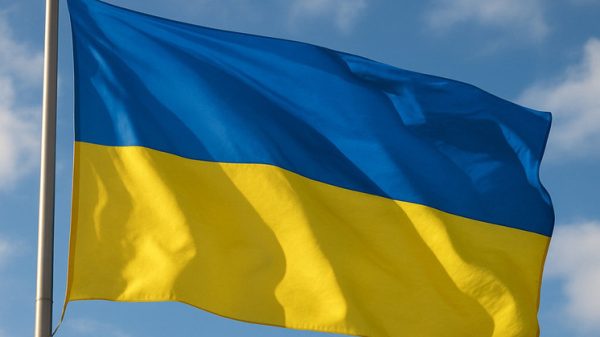



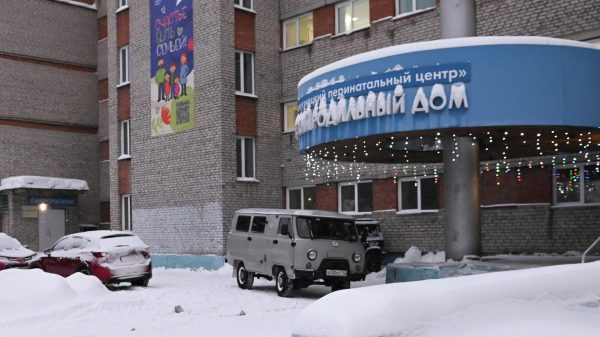

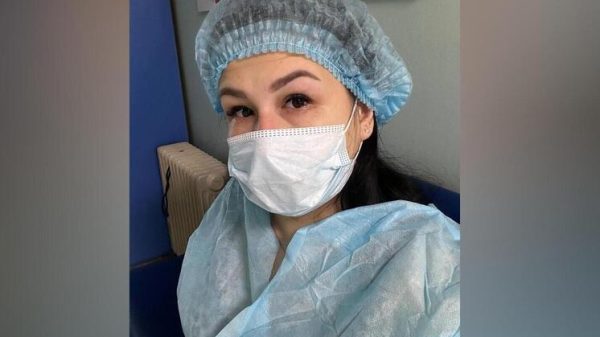

























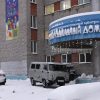





















Свежие комментарии